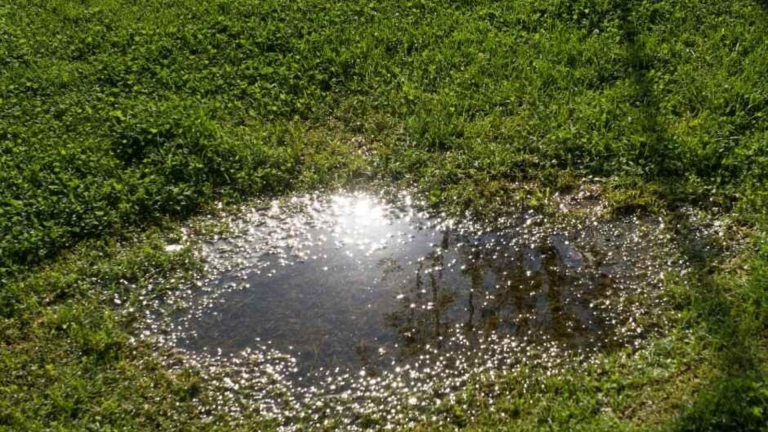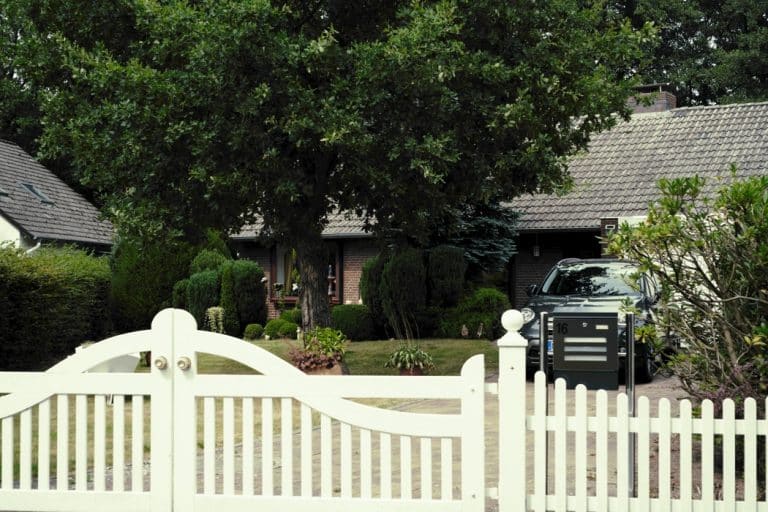You water your lawn frequently, expecting it to remain green and lush. However, the grass appears dull, turns yellow, or begins to thin. The soil feels soggy. You might even see mushrooms. It’s confusing and frustrating.
Many homeowners believe more water is better. But too much water can hurt your lawn. It fills the soil with moisture, leaving no space for air. Roots grow weak and shallow. Fungi and pests thrive in wet conditions. Over time, your lawn may look worse, not better.
This article will help you understand what’s happening. I’ll show you how to tell if your lawn is overwatered. I’ll also review common signs, explain why they occur, and discuss how to address them.
I’ll also share how you can prevent it from happening again. Watering less often and more efficiently can save your grass. And don’t worry, most lawns can recover if you act early.
What Does an Overwatered Lawn Look Like?
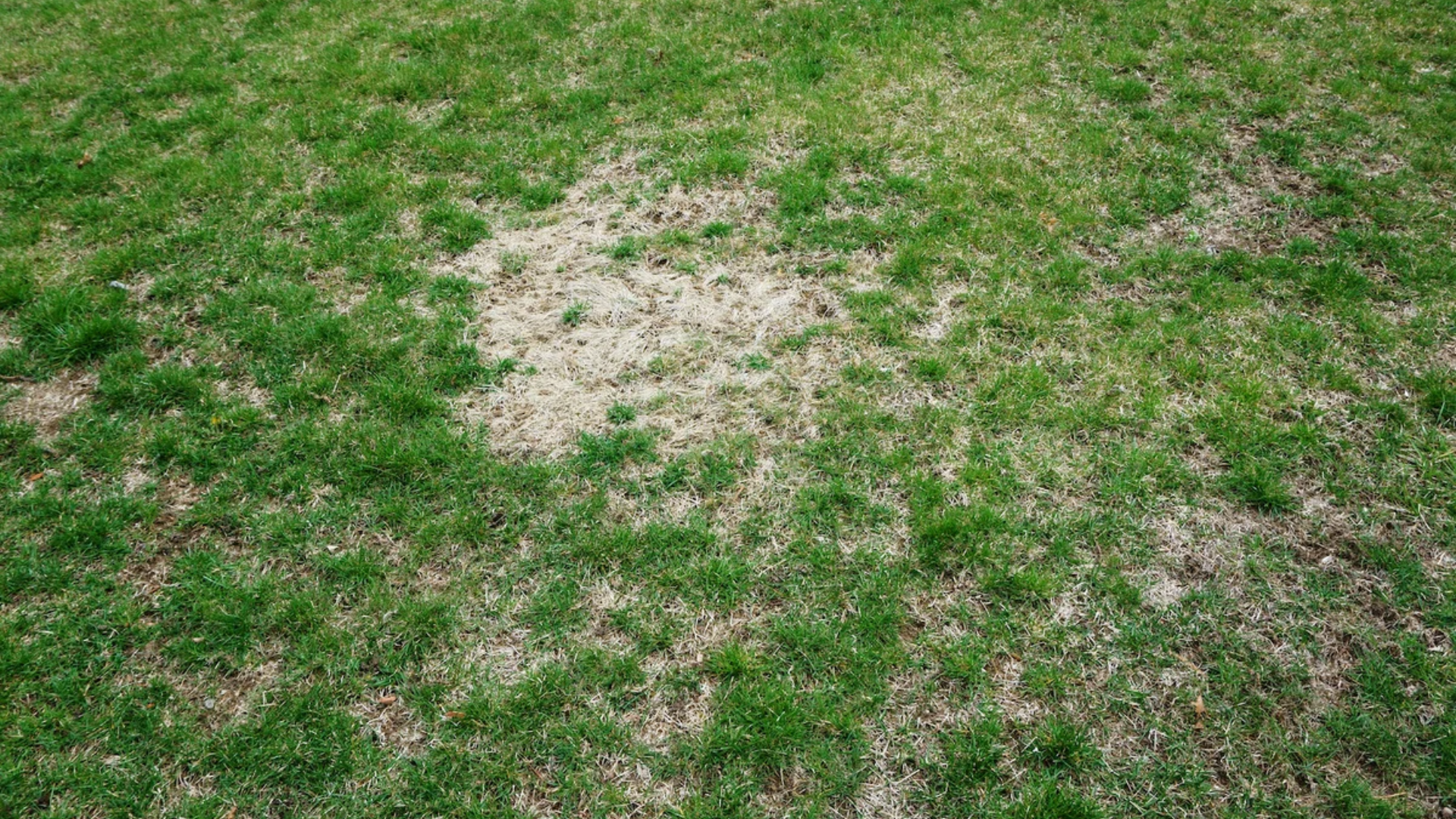
An overwatered lawn can appear healthy from a distance. But up close, the problems are easier to spot. The grass may lose its bright green color. Instead, it starts to look pale or even yellow. The blades may feel soft or limp when touched.
When you walk across the lawn, the ground might feel spongy or muddy. Your shoes can sink in, even if it hasn’t rained. That’s because the soil is too saturated with water and can’t dry out quickly enough.
You might also see mushrooms, mold, or other signs of fungus. These are clear hints that the ground is staying wet for too long. Bugs may start appearing in areas where the grass is thinning.
Many homeowners get frustrated. They water more, thinking it will help—but it often makes things worse. So yes, these are the top signs of overwatering. The good news? Once you notice them, you can take steps to fix them.
Common Signs You’re Overwatering Your Lawn
You water your lawn regularly, expecting green, healthy grass. But instead, the color fades, and the ground feels wet even hours later. These are signs that something’s not right. Overwatering is a common issue that often goes unnoticed initially.
However, over time, your lawn begins to exhibit symptoms that are easy to spot—if you know what to look for.
- Yellow or pale grass blades: Even with ample water, the grass appears weak. This happens because roots can’t take in nutrients or air when the soil stays soaked.
- Mushy, squishy soil: The lawn feels soft and soggy underfoot. This means the soil is holding too much water and not allowing proper airflow.
- Fungal patches or mushrooms: Wet soil creates the ideal environment for fungi and mushrooms to grow, spreading rapidly across the yard.
- Pooling water or constant dampness: If puddles remain long after watering, the soil isn’t draining properly, leaving roots too wet.
- Spike in weed growth: Extra moisture helps weeds grow faster and thicker than your grass can keep up with.
- Shallow or weak root development: Roots remain near the surface, where water is readily accessible, making the grass susceptible to weakness during dry periods.
- Sudden pest issues: Insects like grubs and mosquitoes are drawn to soft, damp soil and can cause more lawn problems.
When you notice these signs, it’s time to make changes. Overwatering may seem beneficial, but it actually causes more harm than good. Taking early steps can help save your lawn and enable it to grow back stronger.
How to Test if Your Lawn Is Overwatered?
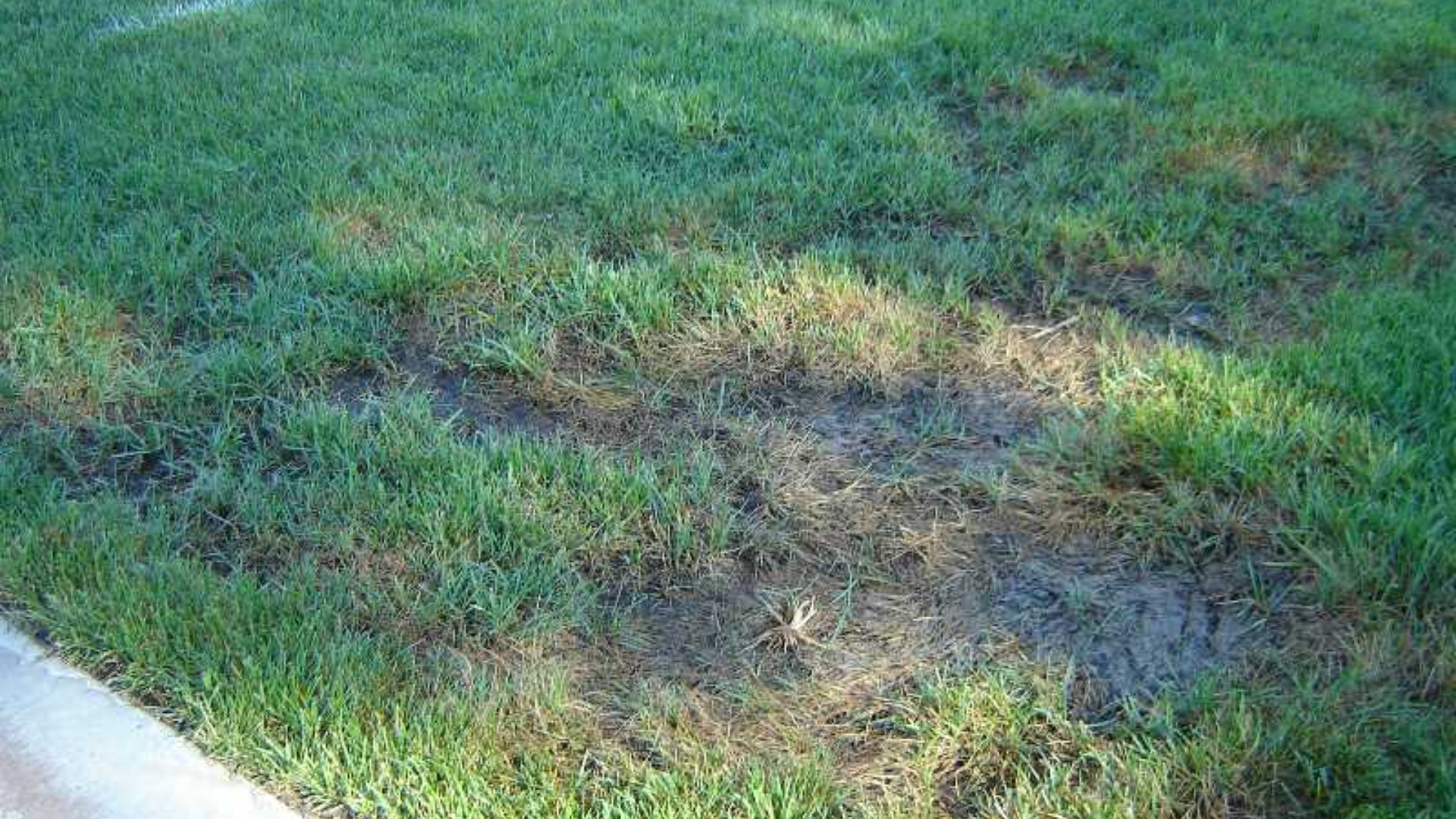
If you’re unsure your lawn is getting too much water, there are a few simple ways to check. These tests don’t take much time, and they give a clear idea of what’s going on beneath the surface.
The step test is easy. Walk across your lawn and feel the texture of the ground. If it feels soft, spongy, or your shoes leave deep marks, the soil is likely holding too much water.
The screwdriver test helps check soil moisture. Push a screwdriver into the soil. If it slides in with no effort, the ground may be too wet. Healthy soil should have a little resistance.
The root check is also useful. Gently pull up a small patch of grass. If the roots are short or brown, and the soil clings to them like mud, the lawn is overwatered.
These tests can help you identify problems early, before they worsen.
Why Overwatering Happens: Top Causes
Overwatering is a common issue, and many people are unaware that they’re doing it. You want to care for your lawn, so you water it often.
But without the right knowledge, it’s easy to overdo it. The reasons behind overwatering often stem from simple habits or misunderstandings.
- Misunderstanding grass watering needs: Some people think that more water always helps, but grass actually needs the right amount, not the most.
- Incorrect sprinkler system programming: Many systems are set to water too frequently or for excessive durations.
- Watering during rainy periods: Rain adds moisture, and watering on top of it leads to soggy soil.
- Soil that doesn’t drain well: Clay or compacted soil retains water for too long, leading to puddling.
- Watering too frequently vs. too deeply: Frequent shallow watering keeps roots weak and near the surface.
Understanding these causes makes it easier to resolve the issue. With a few simple adjustments, your lawn can begin to recover.
What Happens to A Lawn that Gets Too Much Water?
Too much water might not sound harmful, but it causes serious problems under the surface. It affects how grass grows and the strength of your lawn over time.
The biggest problem is oxygen loss in the roots. Roots need air to stay healthy. When the soil is soaked, there’s no room for air, and the roots begin to weaken.
Over time, root rot and fungus start to grow. Wet soil makes it easy for diseases to spread and for mushrooms to take over the yard.
As the roots get weaker, the turf above becomes soft and thin. This leads to weak grass that can’t handle heat or foot traffic.
Also, the water can wash away important nutrients. This leaves the soil barren, and the grass struggles to grow, regardless of the amount of water it receives.
When these problems accumulate, your lawn loses its strength and beauty.
How to Fix an Overwatered Lawn Step by Step?
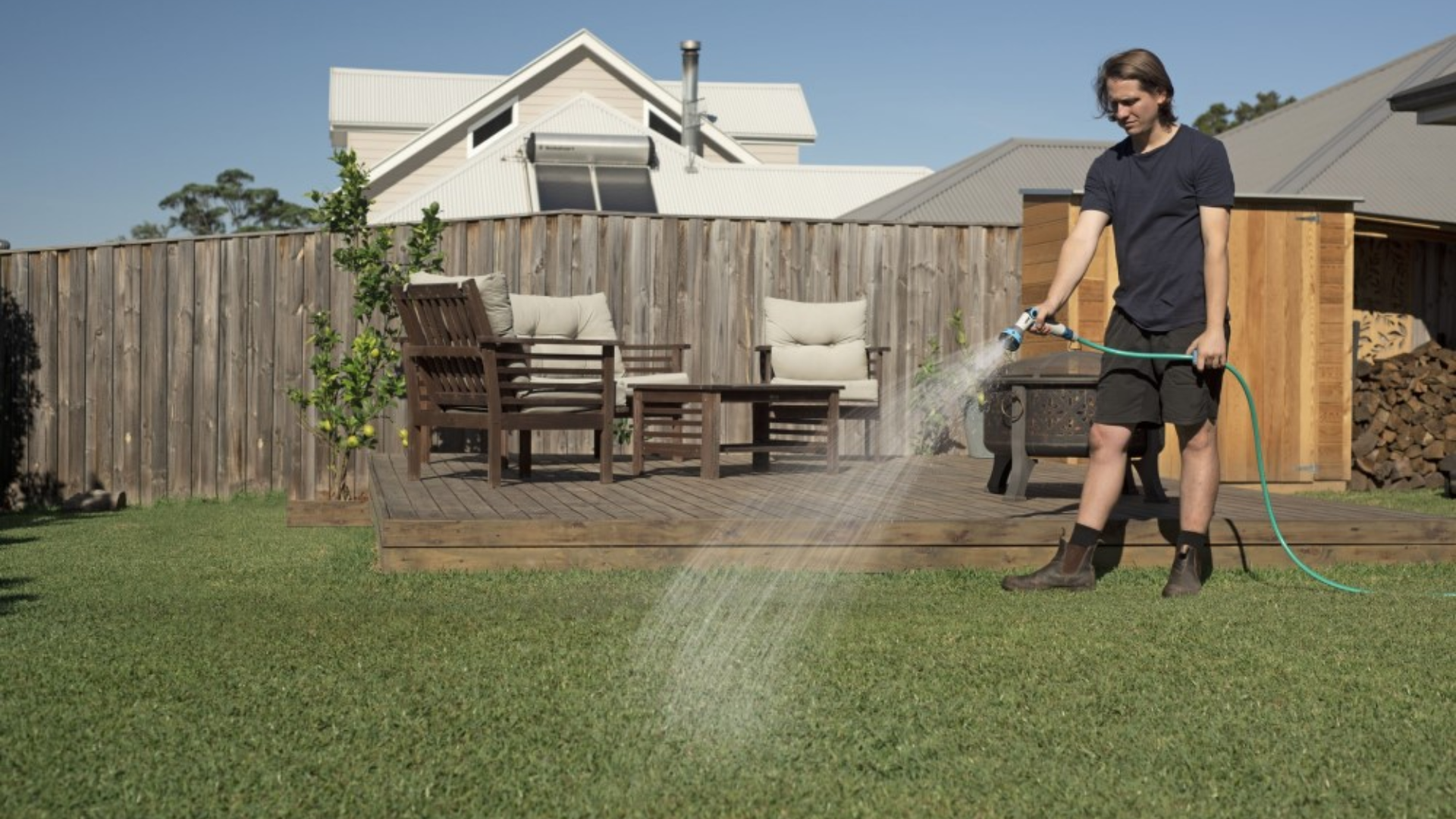
If your lawn has been getting too much water, don’t worry—there’s still time to fix it. The key is to act fast and give your grass the chance to heal. These simple steps can help bring your lawn back to better shape.
- Stop watering immediately: Give your lawn a break and let the water already in the soil settle.
- Let the soil dry out completely: This may take a few days, but it’s important. Avoid walking on the grass during this time.
- Aerate the lawn to improve airflow: Use a lawn aerator or garden fork to make small holes. This helps air reach the roots.
- Dethatch and remove dead matter: Thick layers of thatch trap moisture. Clear it out to help the lawn breathe.
- Apply soil conditioner if needed: If the soil stays compact or drains poorly, a soil conditioner can help improve structure.
- Resume with deep, infrequent watering: Once the lawn starts to recover, water less often but more deeply. This encourages strong roots.
These steps can help your lawn recover from excessive water. With a little time and care, you’ll start to see healthy grass again.
How Long Does It Take for An Overwatered Lawn to Recover?
If you catch the problem early, most lawns can bounce back. But recovery takes time and care. The speed depends on how wet the soil was and how long it stayed that way.
In mild cases, the lawn may improve within a few days after you stop watering and allow the soil to dry out. For moderate cases, it may take a few weeks to see healthy color and root growth again.
During recovery, watch for changes. New green blades and stronger turf mean progress. If the grass stays yellow or thin, you may need to aerate or take other steps.
In some cases, parts of the lawn may be too damaged to recover. That’s when it’s best to reseed or patch those areas with fresh grass.
With patience and proper care, most overwatered lawns can be saved.
Best Lawn Watering Practices to Prevent Overwatering
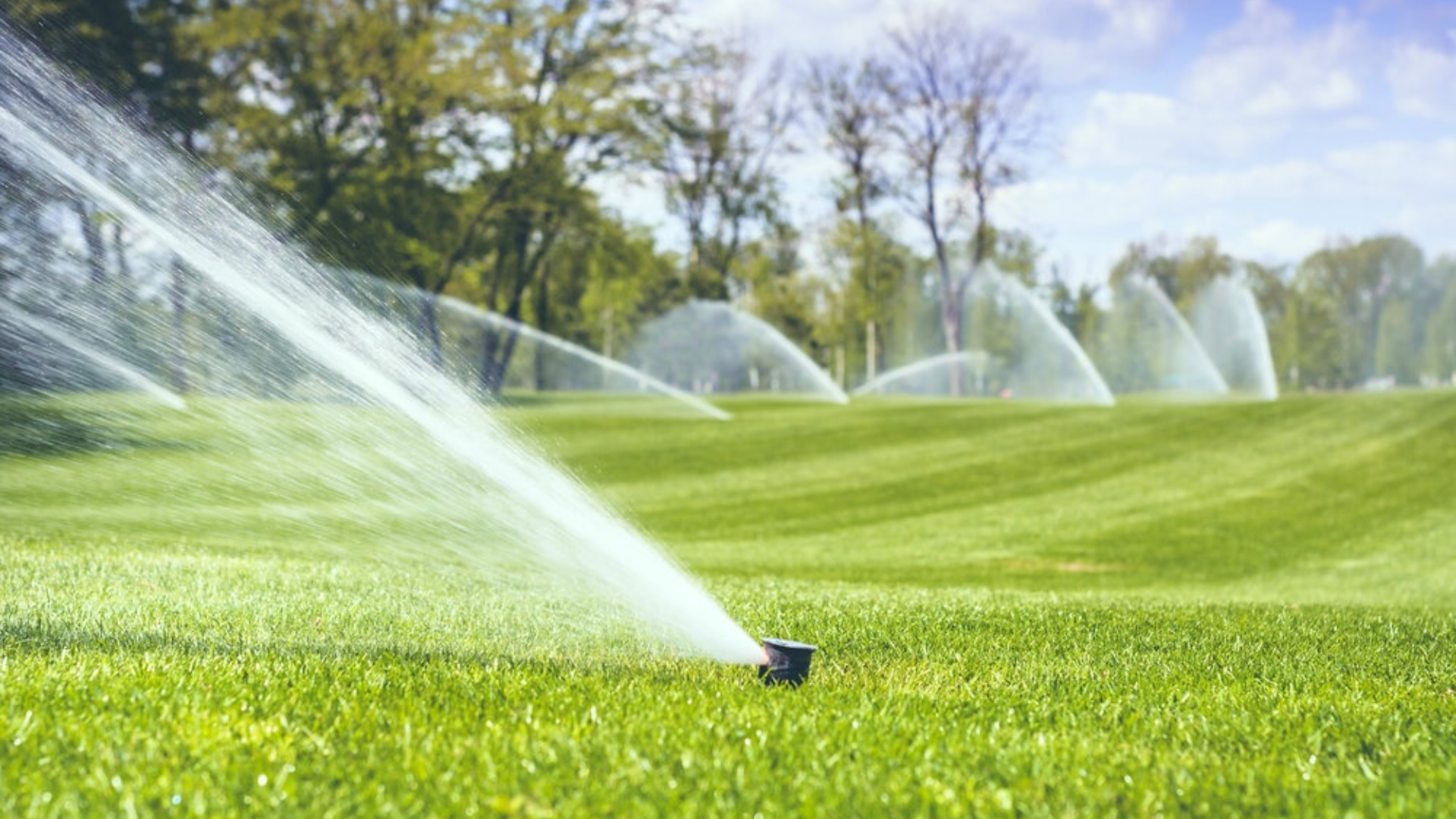
Once you understand what causes overwatering, you can prevent it by adopting better watering habits. Giving your lawn the right amount of water at the right time makes all the difference. These tips will help you water your lawn in a way that keeps it healthy and strong.
- Water early in the morning: This allows water to soak in before the sun becomes too strong.
- Follow the 1-inch-per-week rule: Most lawns require about one inch of water per week.
- Use rain sensors or smart timers: These tools stop watering when nature already does the job.
- Monitor weather forecasts and adjust accordingly: If rain is expected, skip your next scheduled watering.
- Choose drought-tolerant grasses: Certain grass types require less water and remain healthier for longer periods.
Good watering habits can prevent many lawn problems. By following these simple tips, you give your lawn what it really needs—just the right amount of care.
Mistakes to Avoid when Watering Your Lawn
Even with good intentions, watering mistakes are easy to make. Some habits may seem helpful, but can lead to excessive water in the soil. Learning what to avoid is just as important as learning what to do.
- Watering daily or “just in case”: Grass doesn’t need water every day unless it’s very hot and dry.
- Overusing automated irrigation: Sprinklers left on a timer may run even when they’re not needed.
- Ignoring lawn signs and soil feedback: Yellow grass, soft soil, and pooling water are signs to pause watering.
- Assuming more water = greener grass: Extra water can stress grass instead of helping it grow.
Avoiding these common mistakes helps keep your lawn healthy. With a little attention and care, you can water smarter, not more.
When to Call a Lawn Care Professional?
Some lawn problems can be addressed with simple home adjustments. However, when signs persist or worsen, it may be time to seek help. A professional can identify issues that aren’t readily apparent and provide the appropriate solutions.
If you continue to see fungus, mushrooms, or patchy spots, even after reducing your water intake, it may indicate a more serious issue. Fungus grows fast in wet soil and can damage healthy grass if left untreated.
Root damage and thinning grass are also warning signs. If your lawn feels soft in many places or shows bare patches that don’t fill in, a pro can test the roots and check soil health.
Water that never drains or always pools in the same areas may indicate that the soil requires significant improvement. A lawn expert can improve drainage and prevent future damage. If you’re unsure about what to do or if problems recur, a lawn care professional can guide you in the right direction.
Conclusion
I know how easy it is to miss the signs of an overwatered lawn. At first, everything seems fine. But then the grass turns yellow, the soil stays soggy, and weeds or pests start showing up. That’s when I realized the lawn was getting more water than it needed.
The first step is to stop watering and let the soil dry out. After that, focus on helping the roots grow deeper by watering less often and more deeply. Just one good soak is better than short daily watering.
Your lawn doesn’t need perfect conditions, and it needs balance. Watching how your grass looks and feels is more helpful than sticking to a strict routine. Adjust your watering schedule according to the weather and soil conditions.
In this article, I walked through how to spot overwatering, what causes it, and how to help your lawn recover. With a little care and attention, your lawn can bounce back. Just keep an eye on the signs and stay consistent.


